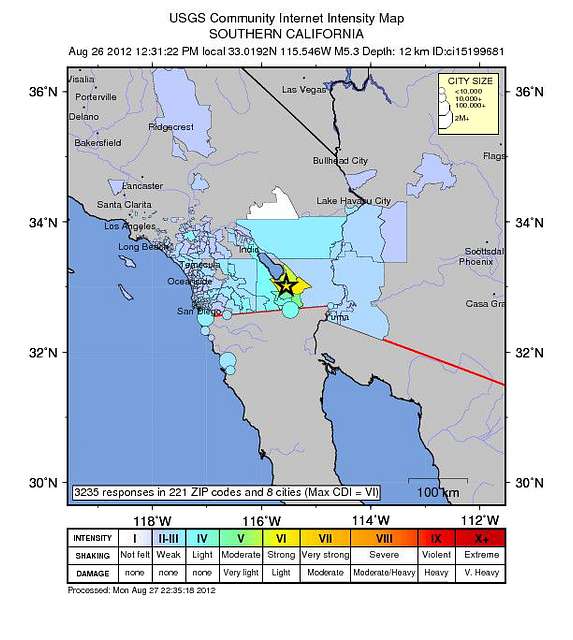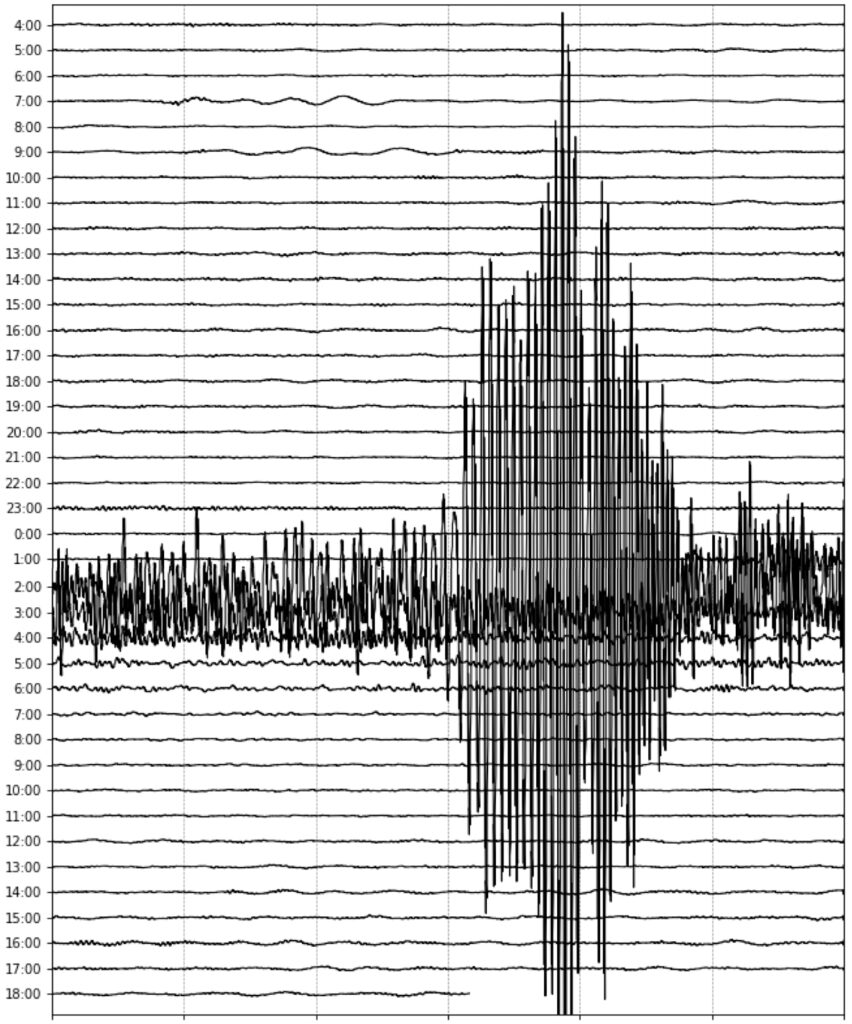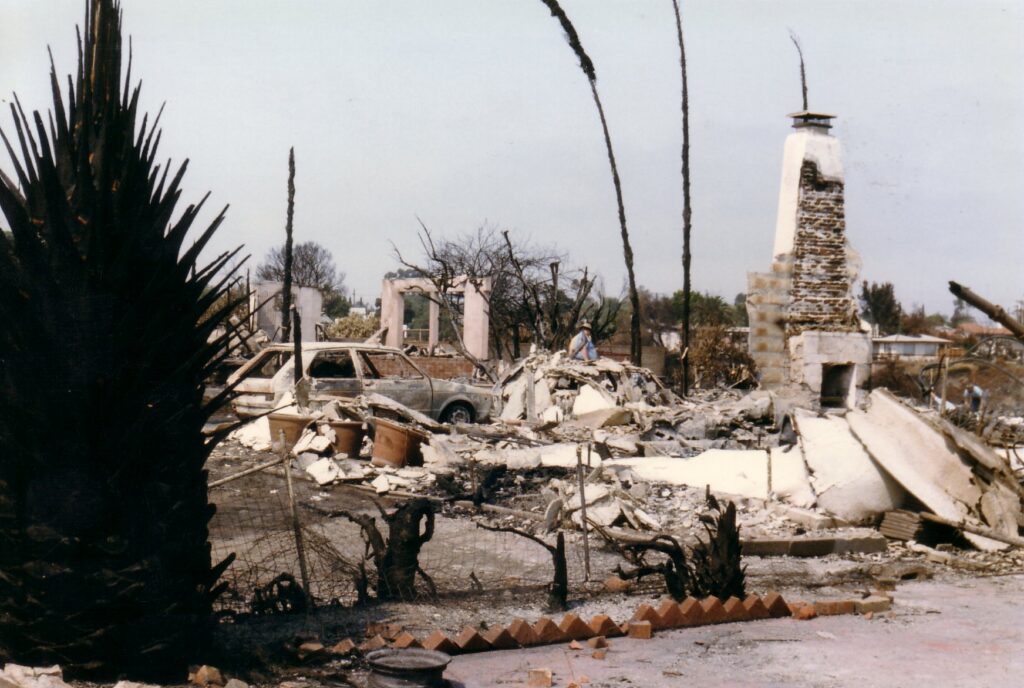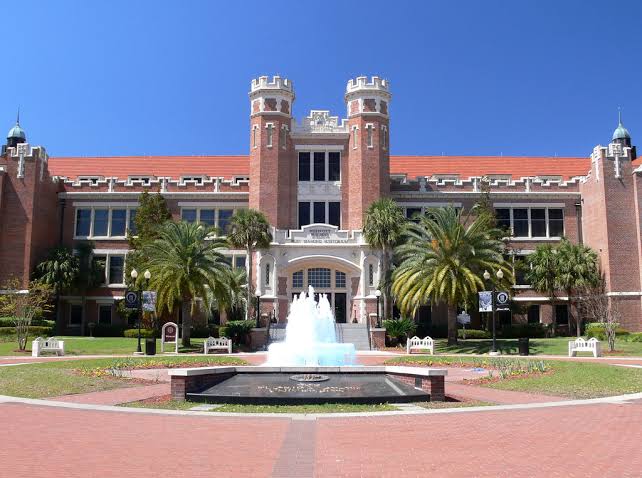Just before 10 a.m. on Monday, Southern California residents felt a jolt that rippled across the region: a magnitude 5.2 earthquake centered near the quaint mountain town of Julian, about 35 miles northeast of San Diego. Although no injuries or major structural damage have been reported, the temblor served as a vivid reminder of the state’s seismic vulnerability—and a real‑time trial for California’s ShakeAlert early warning system.
Epicenter and Immediate Effects
According to the United States Geological Survey (USGS), the quake struck at a shallow depth, roughly 8 miles beneath the surface, amplifying its impact. Julian, famed for apple orchards and rustic charm, experienced light but noticeable tremors. Patrons at the Julian Café & Bakery watched as ceramic cups teetered on countertops before crashing to the floor. Nearby, residents reported pictures tilting on walls and potted plants shifting on shelves.

In San Diego proper, office workers felt light fixtures sway, while customers at a downtown café saw sugar packets scatter. The earthquake’s reach extended north to Los Angeles, where desks shook and subway riders gripped handrails. Despite the dramatic scenes, first responders confirmed they had not received any calls for emergency assistance.
ShakeAlert: Seconds to Prepare
For many, the most remarkable aspect was the advance warning delivered through ShakeAlert, a collaborative project run by the USGS in partnership with state agencies. San Diego residents who had enabled the alert system on their smartphones received a notification up to 14 seconds before the shaking began: “Earthquake detected. Drop, cover, and hold on.”
These precious seconds allow individuals to seek protective cover, shut down critical equipment, and secure hazardous materials in laboratories or industrial settings. Hospitals and utilities can initiate automated safety protocols, reducing the risk of fires, chemical spills, or power surges. In classrooms, teachers can guide students under desks, potentially averting injuries from falling objects.
Aftershocks and Seismic Patterns
Within minutes, a series of aftershocks followed, registering magnitudes of 3.0 and 2.5. While minor tremors are common after a significant event, seismologists caution that even small quakes can trigger secondary hazards. In hillside communities, landslides remain a risk—especially in areas denuded by recent wildfires. Low‑lying zones with water‑saturated soils face the danger of liquefaction, where the ground temporarily loses its strength and behaves like a liquid.
Despite these concerns, Southern California’s stringent building codes—updated in response to past disasters—have bolstered structural resilience. Engineers design high‑rise buildings with flexible frames and base isolators to absorb seismic energy. Residential homes incorporate shear walls and reinforced foundations. Even so, homeowners are urged to review their earthquake insurance policies, as standard homeowners’ coverage typically excludes seismic events.

Emergency Response and Community Preparedness
Governor Gavin Newsom, briefed within hours of the event, praised local fire and sheriff’s departments for their swift assessments. State emergency management officials have dispatched inspection teams to evaluate critical infrastructure—bridges, highways, and water treatment plants—for any signs of compromise.
Residents are encouraged to maintain an emergency kit stocked with water, non‑perishable food, first‑aid supplies, and essential documents, including mortgage statements, insurance policies, and medical records. In the event of power outages or road closures, having these items on hand can make a critical difference. Neighborhood groups often organize “drop, cover, and hold” drills, fostering a culture of readiness that extends beyond the classroom and workplace.
Economic Considerations and Insurance Claims
While Monday’s quake did not inflict major property losses, even minor cosmetic damage—cracked stucco, broken tiles, or fallen ceiling panels—can lead to costly repairs. Homeowners and small‑business owners should document any damage with photographs and notify their insurance carriers promptly. Filing a claim early can streamline the process, especially as adjusters become busy after larger seismic events.
Commercial property owners may face additional expenses related to structural inspections, permit fees, and contractor labor. Those who have invested in retrofitting older buildings may qualify for state incentives or grants aimed at seismic upgrades. Similarly, landlords should ensure tenants are informed about emergency procedures and know how to access utility shut‑offs.

Scientific Insights and Future Risks
Geologists emphasize that a magnitude 5.2 earthquake, while moderate, is part of an ongoing pattern along Southern California’s complex network of faults. The San Andreas Fault system, including subsidiary strands like the Elsinore and Rose Canyon faults, accommodates the Pacific and North American plates’ relentless movement. Stress accumulation along these fault lines can lead to sudden releases of energy, manifesting as earthquakes.
Researchers continue to monitor ground deformation using GPS stations and InSAR (Interferometric Synthetic Aperture Radar) satellites, which detect minute shifts in Earth’s crust. By analyzing seismic waveforms and aftershock sequences, scientists refine models that predict how stress redistributes after an event—knowledge critical for hazard mapping and land‑use planning.
Public Health and Psychological Impact
Beyond the physical effects, earthquakes can leave psychological scars. Even brief tremors can trigger anxiety, insomnia, and post‑traumatic stress in vulnerable individuals. Mental‑health professionals advise talking through the experience, maintaining regular routines, and limiting exposure to sensationalist media coverage. Community centers often host support groups, providing a space for residents to share concerns and coping strategies.
Schools and workplaces can also play a role by incorporating resilience training—teaching stress‑management techniques and fostering peer support networks. Employers may offer Employee Assistance Programs (EAPs) that connect workers with counselors and resources, underscoring that recovery encompasses both structural repairs and emotional well‑being.
Looking Ahead: Mitigation and Resilience
As Southern California reflects on Monday’s earthquake, experts stress the importance of proactive mitigation. Retrofitting older homes, securing heavy furniture to walls, and installing automatic gas shut‑off valves can dramatically reduce damage and casualties. Municipalities, meanwhile, review emergency response plans, conduct multi‑agency drills, and update evacuation routes.
In academia, interdisciplinary research combines seismology, civil engineering, and urban planning to develop “smart” infrastructure—roads embedded with sensors, buildings with self‑healing materials, and utility networks capable of isolating damaged sections. These innovations promise to enhance resilience, ensuring that communities not only survive but thrive in the face of seismic challenges.

A Shared Responsibility
While earthquakes are inevitable in tectonically active regions, the severity of their impact is shaped by human choices—building practices, emergency preparedness, and social cohesion. Monday’s 5.2‑magnitude tremor served as a wake‑up call: the ground beneath us may shift without warning, but we can choose to stand ready. From government agencies and first responders to families and business owners, everyone has a role in reducing risk, safeguarding lives, and preserving the economic vitality of Southern California.
As Julian’s apple orchards return to their morning calm and San Diego’s skyline settles back into stillness, the lessons of this quake endure. A moment of shaking ground can spur lasting action—fortifying our buildings, sharpening our emergency protocols, and strengthening the bonds that hold communities together. In that way, every tremor becomes not just a test of our resilience, but an opportunity to build a safer, more prepared future.




